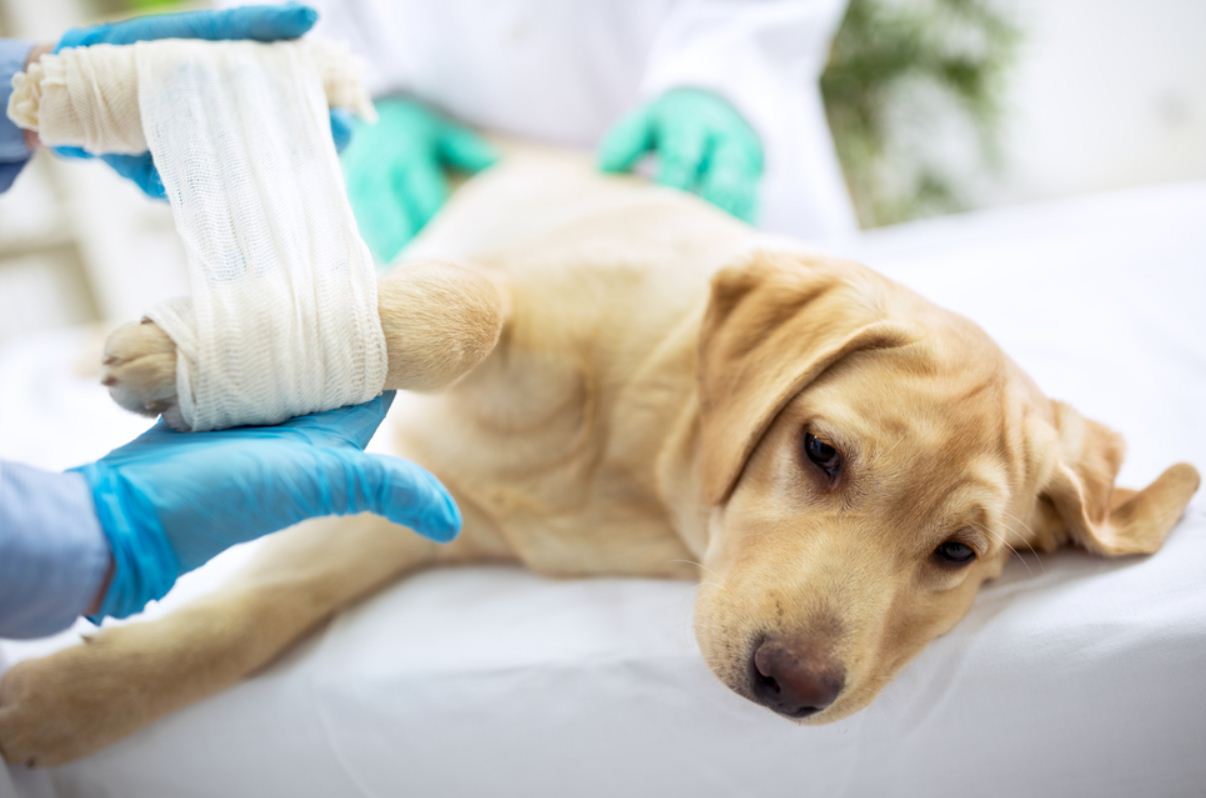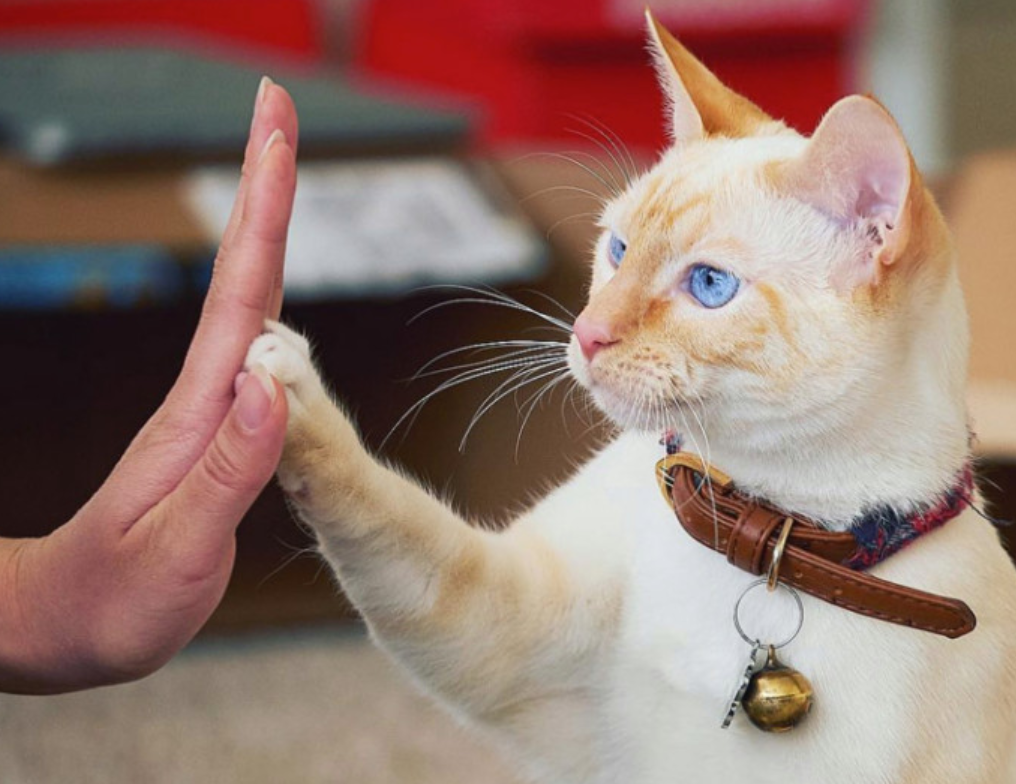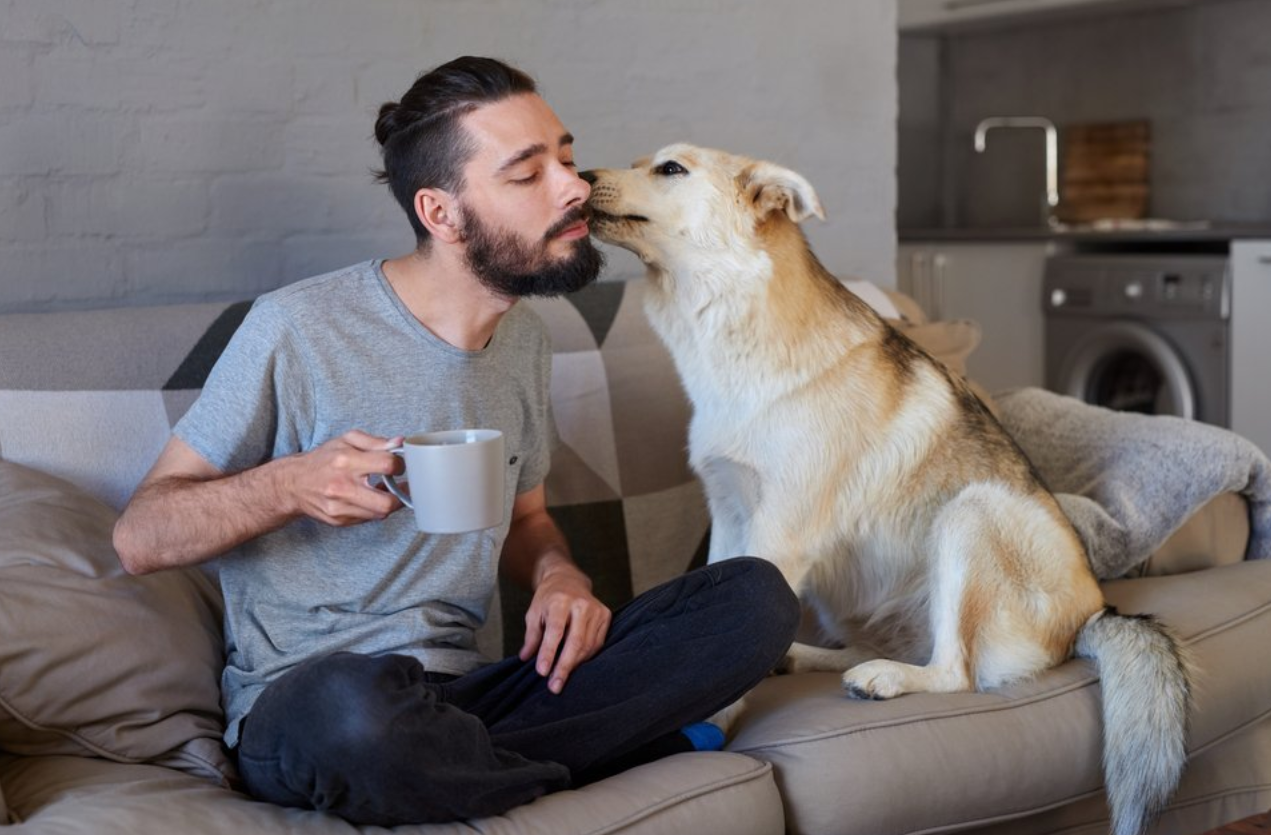Caring for Your Dog with a Broken Leg: A Compassionate Approach

A dog’s broken leg is not only painful for the animal but also an emotional experience for the owner. Dogs, by nature, are playful and full of energy, and when accidents occur, such as a broken leg, they require proper care and attention. Understanding how to handle this situation with care and ensuring your dog heals effectively can make a significant difference in their recovery process.
Identifying a Broken Leg in Dogs
Dogs communicate discomfort through body language and behavior. Recognizing the signs of a broken leg early on can prevent complications. Here are common symptoms to watch out for:

Lameness or refusing to walk: A dog that avoids putting weight on a limb or limps noticeably could be suffering from a fracture.
Swelling around the injury: Swollen areas on the leg may indicate trauma.
Crying or whimpering: Dogs in pain often vocalize their distress through whining or yelping.
Abnormal leg position: If the leg looks bent or twisted unnaturally, it may indicate a serious break.
Decreased activity: A typically active dog that becomes unusually lethargic could be dealing with pain from an injury.
If you observe any of these symptoms, contacting your vet immediately is crucial. Early medical intervention can lead to a faster and more successful recovery.
Types of Fractures
Not all fractures are the same. Depending on the injury, the treatment and recovery time will differ. Common types of fractures in dogs include:

Closed or Simple Fracture: The bone is broken but hasn’t pierced the skin.
Open or Compound Fracture: The bone has broken through the skin, making it a more serious injury with a higher risk of infection.
Comminuted Fracture: The bone has shattered into multiple pieces, requiring more complex treatment.
Greenstick Fracture: Seen more in younger dogs, this type occurs when the bone bends rather than completely breaks.
Immediate Action Steps
When a dog has an injured leg, quick action can help avoid further complications. Here are steps to follow before you can reach a veterinarian:
Keep Your Dog Calm: Limit your dog’s movement to prevent further damage to the injured leg.
Stabilize the Injury: If possible, gently wrap the leg using a soft towel to reduce movement, but avoid attempting to set the bone yourself.
Transport Safely: Use a blanket or carrier to transport your dog to the vet, ensuring the injured leg is supported during the journey.
Reassure Your Pet: Speak in a calm, soothing voice to reduce your dog’s stress while you wait for professional help.
Veterinary Care and Treatment

Once at the vet, your dog will likely undergo an X-ray to determine the extent of the fracture. Based on the results, treatment options will vary:
Casting or Splinting: For less severe fractures, the vet may apply a cast or splint to keep the bone aligned while it heals naturally.
Surgery: Severe fractures, such as compound or comminuted types, often require surgical intervention. Plates, pins, or screws may be used to stabilize the bone.
Pain Management: Painkillers will likely be prescribed to keep your dog comfortable throughout the healing process.
Rest and Recovery: Your dog will need plenty of rest, with movement severely restricted for a few weeks. Creating a comfortable resting space is essential for their healing.
Caring for Your Dog at Home

Once your dog is treated, the next step is providing proper care at home to aid recovery. Here’s how to ensure your dog heals smoothly:
Limit Movement: During recovery, your dog needs rest to allow the bone to heal. Keep them confined to a small space or use a crate if necessary.
Monitor the Cast or Splint: Check the cast regularly to ensure it remains clean and dry.
Assistive Walking: Depending on the injury, your dog may need help walking. Use a harness or sling to support them while they move around.
Follow-Up Appointments: Keep up with follow-up vet visits to monitor the healing process.Preventing Future Injuries
While no one can predict accidents, there are steps you can take to prevent future leg injuries:
Supervised Play: Always supervise your dog during playtime, especially around other animals or unfamiliar environments.
Creating a Safe Environment: Make sure your home is safe for your dog by eliminating any potential hazards such as slippery floors or sharp items that could cause injuries.
Maintaining Regular Exercise: Ensuring your dog gets regular exercise is key to keeping their muscles strong and improving coordination, which helps lower the chance of accidents.
Managing Weight: Keeping your dog at an ideal weight reduces unnecessary pressure on their bones and joints, which is crucial for avoiding fractures and other injuries.
Patience and Love in Recovery: Helping a dog recover from a broken leg requires both patience and commitment. The healing process can take several weeks or even months, but with proper care and attention, your dog can fully heal. Offering comfort, love, and a stable environment during this time will alleviate your dog’s stress and promote a faster recovery. Though it’s a difficult time, this journey will strengthen the bond you share with your dog.
This article offers essential advice on ensuring your dog’s safety and well-being, especially in recovery from an injury like a broken leg:

Creating a Safe Environment: Focus on eliminating hazards such as slippery floors and sharp objects to prevent accidents in the home.
Maintaining Regular Exercise: Regular exercise is important for muscle strength and coordination, reducing the likelihood of accidents.
Managing Weight: Keeping your dog at a healthy weight prevents added strain on bones and joints, which helps avoid injuries like fractures.
Patience and Love in Recovery: Recovery from a broken leg requires patience and commitment. A nurturing environment filled with comfort and love is vital in promoting healing and reducing your dog’s stress.
In conclusion, safeguarding your dog’s health requires a blend of preventative care, physical maintenance, and emotional support. By proactively creating a safe home environment, providing regular exercise, managing their weight, and offering unwavering patience during recovery, you not only minimize the risk of injury but also foster a deeper connection with your pet. The road to healing may be long, but your dedication will result in a healthier, happier, and more resilient companion.



